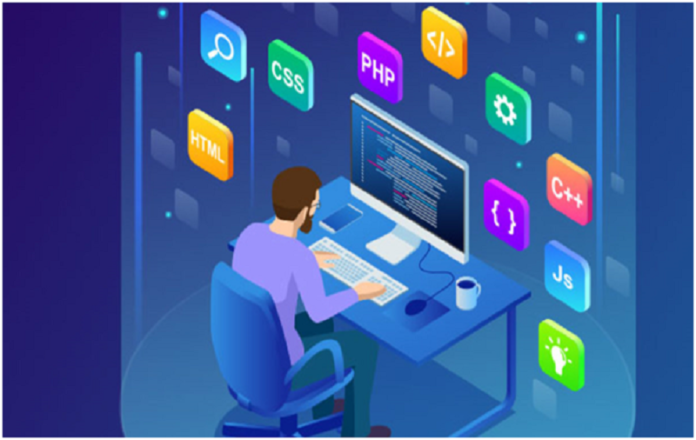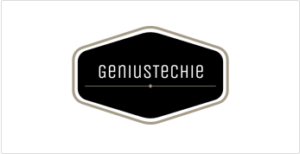What do you think is most important in the user interface? Recent polls say this is search results page design. Current website trends aim to make life easier for users. The sooner a person finds what he was looking for, the better for everyone. At the same time, developers are faced with the task of making information search accessible to people of various ages and educational levels. Modern website navigation designs eliminate the clutter of buttons, windows, flashing banners, and other digital information. So what should the ideal website look like to keep users happy?
Navigation designs of the latest generation
An ideal navigation bar should have some artificial intelligence characteristics. It is no longer enough for the user to simply quickly find the information they need. The site should offer additional options. It will be great if the user sees similar materials or what other people are looking for with this request. Perhaps the site will be able to offer even more than the person hoped to find. This always arouses interest and desire to use this resource further.
Website navigation trends also go hand in hand with UX design. A popular idea is that the best interface is the one that doesn’t exist. The less a site visitor needs to click virtual buttons, follow links and fill out various forms, the better. It is also very important to be able not only to quickly return to search results, but also to see the general site menu.
Successful examples of new trends implementation
Placing the search bar in one place on the page allows you to navigate faster. The search bar should be in one place on all pages of the site so that users can see it immediately. It is also desirable that the color and design of the search bar on all pages are also identical to each other. This way the site visitor’s eyes will immediately find the desired panel.
Autocomplete or search suggestions save the user time. Instead of completely typing the request, you can use ready-made words or phrases. Also, in the results field, the site can display not only responses to a direct request, but also products from a wider category or related products.
Instant filtering from the search bar makes it easy to select a category and product. The algorithm detects keywords in the product name and automatically narrows the search down to a specific category and group of products. One of the handy options is category drop-down lists, for example:
- Large home appliances;
- Small household appliances;
- Garden equipment.
Advanced search results help you find additional interesting information. For example, typing in a product name in the search bar gives you not only a list of available options, but also usage guidelines, reviews, and similar brands.
Dynamic viewing of search results allows you to evaluate the information received without switching to a new tab in the browser. This capability should be available not only for search results, but for all content on the site. It is good when information can be smoothly filtered by specifying the necessary criteria.
If the system cannot return a single result for a request, designers should not leave the search results window empty. The site may offer similar products or information. This will help guide the user. It’s also important to keep the process of returning to the search bar as simple as possible. The answer is “No results”, the hints below and the field for the new request must be on the same page. If the user has to search the site menu or the search bar for a new query every time, he will close the site after 2-3 attempts.






![SIMS 4 Download Free For PC Full Version 2019 [UPDATED] SIMS 4 Download](https://www.geniustechie.com/wp-content/uploads/2019/03/SIMS-4-Download-100x70.jpg)


